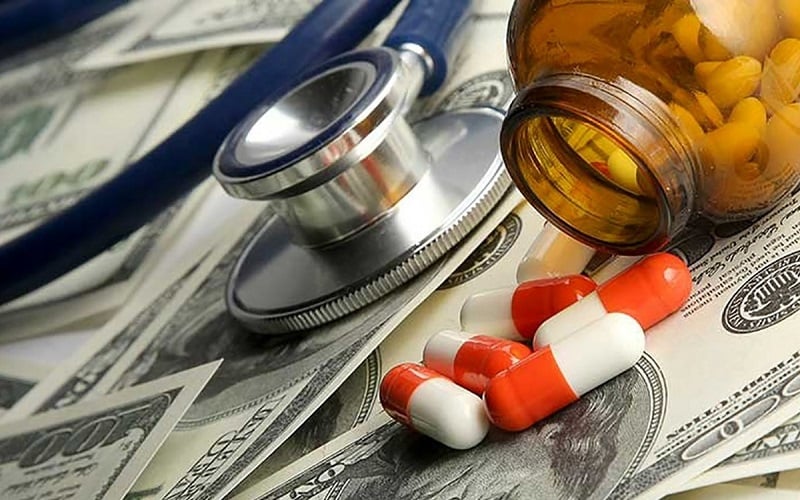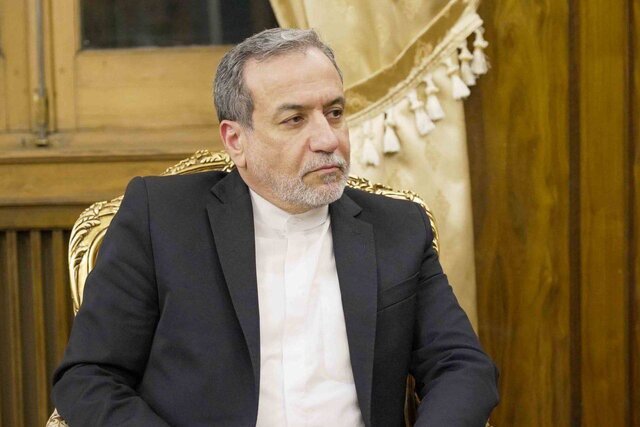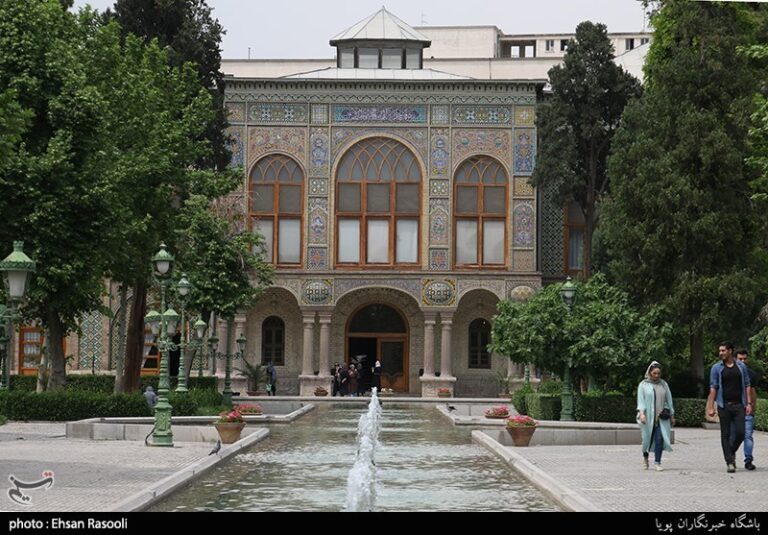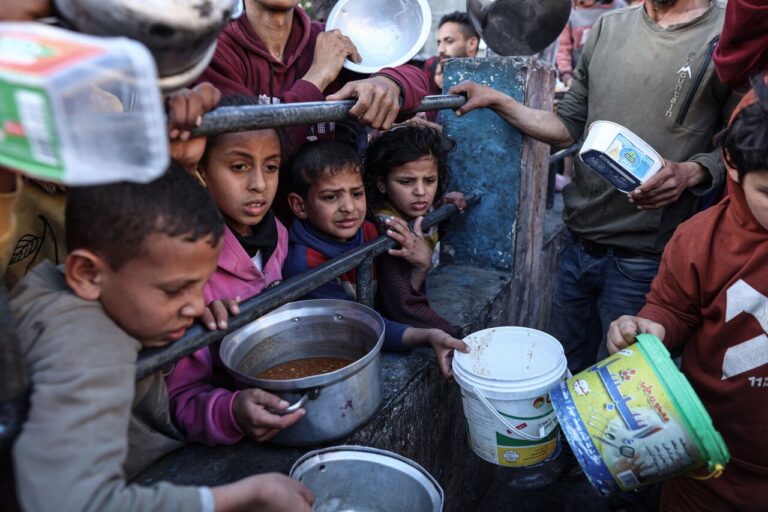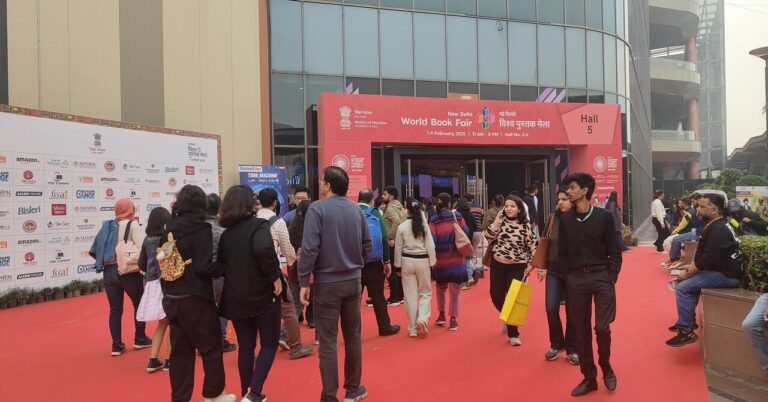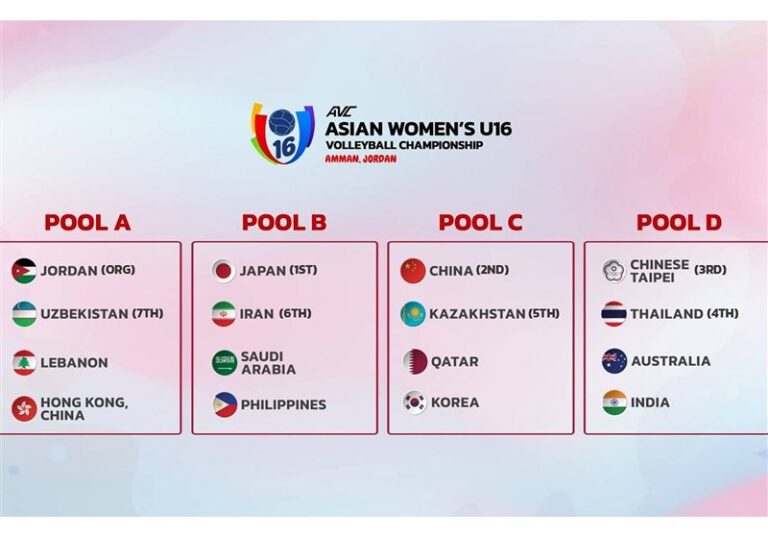Iran’s Healthcare Crisis: Soaring Medical Costs Loom as Preferential Currency Policy Disappears
As Iran faces escalating inflation and economic challenges, the healthcare sector is experiencing a significant surge in medical costs. The recent removal of the preferential exchange rate for importing medical equipment has raised alarms among officials and healthcare providers, leading to concerns that essential medicines and devices are becoming prohibitively expensive for the public.
Mehdi Pirsalehi, the head of the Food and Drug Administration, announced the government’s decision to discontinue the 4,200 tomans exchange rate that was previously utilized for importing medical equipment. Speaking to the Revolutionary Guard-affiliated Tasnim News Agency on April 13, Pirsalehi revealed that this rate will now be adjusted to 28,500 tomans, marking a dramatic sevenfold increase.
According to Pirsalehi, the Central Bank is set to allocate $3.5 billion at the new preferential rate of 28,500 tomans, in addition to another $1.5 billion at a negotiated rate for the import of medicine and medical equipment this year. However, this policy shift is already impacting the healthcare system significantly.
In February 2025, MP Hossein Samsami highlighted that the fluctuating and rising official exchange rate has resulted in a more than tenfold increase in the costs associated with importing medical equipment. He noted that many hospitals are struggling to afford essential devices and supplies. This situation is exacerbated by the fact that insurance companies are often unable to cover these increasing expenses, transforming what was initially an economic concern into a critical life-or-death issue for many citizens.
When pressed about potential rises in medical costs for patients, Pirsalehi acknowledged that the increase in the exchange rate would inevitably burden the public. He stated, “The difference in the cost of equipment will be passed on to patients through the insurance system and the broader healthcare network. We hope to control how much of this burden falls on the people, but naturally, we will see some increase in medical equipment prices.”
The ramifications of this policy change are particularly harsh, considering that approximately 30 percent of Iran’s population lives below the poverty line. Critics argue that the government is shifting the effects of its economic challenges onto the public by eliminating the preferential currency, making healthcare less accessible for millions.
In a recent interview with the ILNA news agency on April 12, Mohammad Jamalian, a member of the Parliament’s Health, Treatment, and Medical Education Commission, disclosed that the prices of some medicines have skyrocketed by as much as 50 percent. He further noted that certain pharmaceutical products are experiencing price increases of up to 200 percent, with a “severe shortage” of approximately 150 types of medication currently being reported.
Jamalian also referenced the “Darouyar” plan, initiated last year to stabilize the pharmaceutical sector, emphasizing that the timely allocation of foreign currency is crucial in preventing drug shortages. He acknowledged, however, that the rising drug costs are squarely affecting ordinary citizens.
Recent media reports highlight the gravity of the crisis. According to Bourse Press, Darou Pakhsh Pharmaceutical Manufacturing Company has received approval from the Food and Drug Administration to increase the prices of 75 pharmaceutical products by between 5 and 147 percent. Other sources indicate that over 200 drugs have experienced at least a 20 percent price increase since the start of 2025.
Pharmacies across Tehran confirm that most pharmaceutical companies have already submitted formal requests to raise prices and are currently awaiting approval from the Food and Drug Administration.
As economic pressures intensify, access to affordable healthcare in Iran is becoming increasingly elusive. This troubling development threatens to exacerbate the country’s already deteriorating social crisis, leaving many citizens in a precarious situation regarding their health and well-being.
In summary, the healthcare system in Iran is at a critical juncture as the government’s economic decisions lead to soaring costs for medical supplies and medications. This situation demands urgent attention to ensure that healthcare remains accessible for all citizens, particularly those living in poverty.
